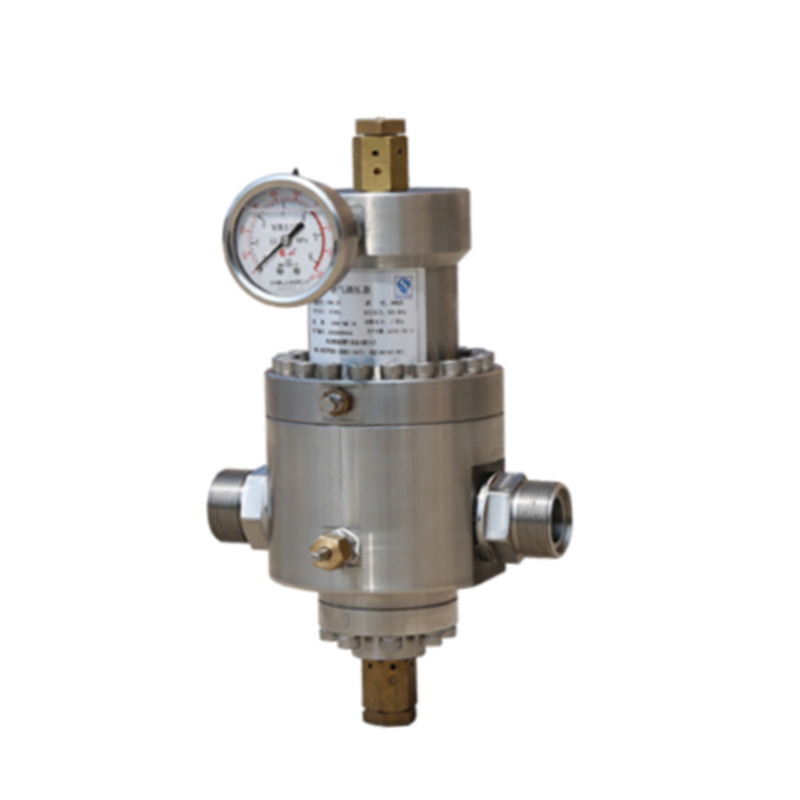
Oct . 05, 2024 16:40
Back to list
pressure vessel
Understanding Pressure Vessels Design, Safety, and Applications
Pressure vessels are critical components in various industries, where they are designed to hold gases or liquids at a pressure substantially different from the ambient pressure. The operation of pressure vessels is vital in applications ranging from oil refineries to nuclear reactors, and their design and safety considerations are paramount due to the potential hazards associated with high-pressure systems.
What is a Pressure Vessel?
A pressure vessel is a container designed to hold fluids under pressure. They can be found in various shapes, but the most common configurations are cylindrical, spherical, or conical. The material used in pressure vessels is typically steel or other metals, chosen for their strength and resistance to corrosion. Pressure vessels must be designed to withstand not just the internal pressure but also other external loads, temperature variations, and potential environmental conditions.
Design Considerations
The design of pressure vessels is governed by various codes and standards, such as the ASME Boiler and Pressure Vessel Code in the United States. These standards provide guidelines for safe design, construction, and testing of pressure vessels. Key design factors include
1. Material Selection The choice of materials affects the vessel's ability to handle pressure and withstand corrosion at high temperatures.
2. Thickness and Geometry The thickness of the vessel walls is determined by the internal pressure and the material's yield strength. The geometry also plays a crucial role in how the material can distribute stress.
3. Support Structures Appropriate supports are necessary to ensure that the vessel can handle its weight as well as any additional forces applied during operation.
pressure vessel

Safety Protocols
The safety of pressure vessels cannot be overstated. A failure in a pressure vessel can lead to catastrophic consequences, including explosions, leaks, and spills. Therefore, regular inspections, maintenance, and adherence to safety regulations are essential. Common safety protocols include
1. Non-Destructive Testing (NDT) Methods like ultrasonic testing and radiography are used to detect flaws in the material without damaging the vessel.
2. Pressure Relief Systems These systems automatically vent excess pressure to prevent over-pressurization, mitigating the risk of failure.
3. Regular Inspections Routine checks help ensure integrity and functionality, identifying potential issues before they become major problems.
4. Employee Training Personnel operating pressure vessels must be well-trained in both the operational protocols and emergency response procedures.
Applications of Pressure Vessels
Pressure vessels are ubiquitous across many industries. In the oil and gas sector, they are used to store compressed natural gas and process hydrocarbons. Chemical manufacturing facilities utilize pressure vessels for reactors and distillation columns. In the medical field, pressure vessels are used in the sterilization of equipment through autoclaves. Furthermore, the aerospace sector employs high-pressure vessels for fuel storage and propulsion systems.
Conclusion
The importance of pressure vessels in industrial applications is undeniable. Their design, construction, and operation require meticulous attention to detail along with adherence to safety standards. As technology advances, the development of more efficient and robust pressure vessels continues, driven by the need for safety and performance in increasingly challenging environments. Understanding the complexities of pressure vessels not only enhances operational efficiency but also significantly contributes to workplace safety and environmental protection.
Latest news
-
Safety Valve Spring-Loaded Design Overpressure ProtectionNewsJul.25,2025
-
Precision Voltage Regulator AC5 Accuracy Grade PerformanceNewsJul.25,2025
-
Natural Gas Pressure Regulating Skid Industrial Pipeline ApplicationsNewsJul.25,2025
-
Natural Gas Filter Stainless Steel Mesh Element DesignNewsJul.25,2025
-
Gas Pressure Regulator Valve Direct-Acting Spring-Loaded DesignNewsJul.25,2025
-
Decompression Equipment Multi-Stage Heat Exchange System DesignNewsJul.25,2025

